In the textile industry, carbon dioxide (CO₂) is present at various stages of production, particularly in dyeing, finishing and waste water treatment processes. Although often considered a low-risk gas compared to others, CO₂ can pose a significant hazard in closed or poorly ventilated environments. For this reason, proper detection is essential to ensure the safety of operators and the continuity of industrial processes.
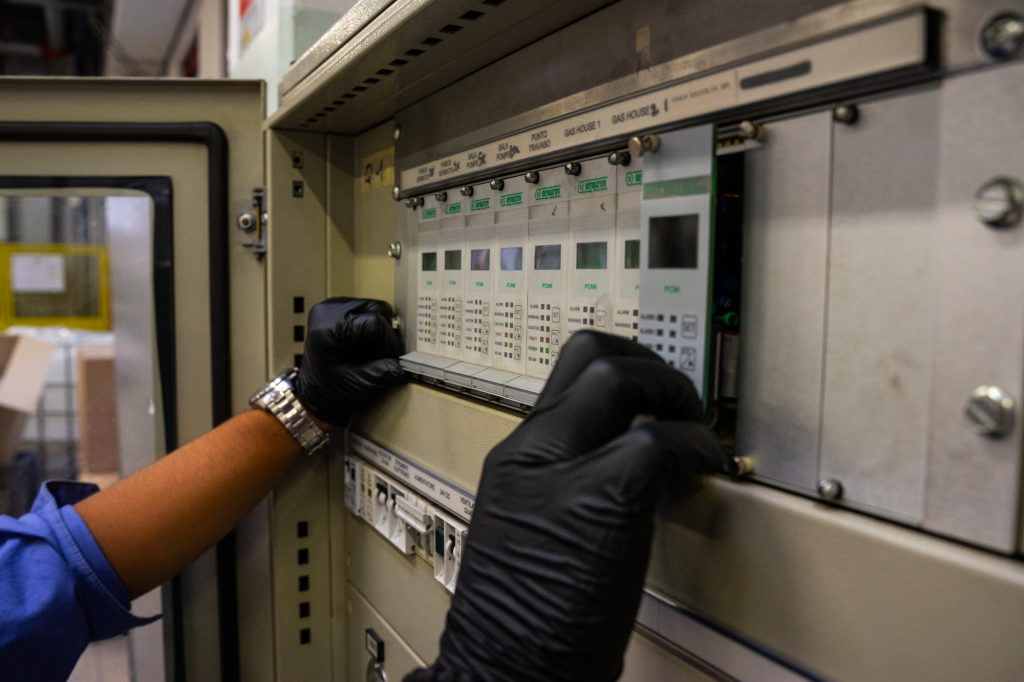
Why detect CO₂ in the textile sector?
Carbon dioxide is a colourless, odourless gas, heavier than air, which tends to accumulate in the lower areas of rooms. In high concentrations, it can cause symptoms such as headaches, dizziness, loss of consciousness and, in severe cases, asphyxiation.
In the textile sector, CO₂ can be used:
-
In the treatment of fabrics with supercritical CO₂, used as an environmentally friendly solvent for dyeing synthetic fibres;
-
In wastewater carbonation for pH control;
-
In environments with industrial HVAC systems, where accidental build-up can result from connected processes.

Regulations and Guidelines
According to European and international regulations, the long-term exposure threshold (TLV-TWA) for CO₂ is 5000 ppm (0.5%), while the short-term exposure threshold (TLV-STEL) is 15000 ppm (1.5%). Exceeding these limits can compromise the health of operators and generate compliance problems for companies.
Technologies for the detection of CO₂
CO₂ monitoring solutions are mainly based on two technologies:
-
Infrared (IR) sensors: these are the most widespread and reliable sensors for industrial applications. They work by measuring the absorption of infrared light by CO₂ molecules. They offer high accuracy, long life and low maintenance.
-
Electrochemical sensors: less common for CO₂, but used in some specific applications. They are more sensitive to environmental variations.
The choice of technology depends on the application context, the required accuracy and the environmental conditions. For industrial environments such as textiles, infrared sensors are the most reliable standard today.
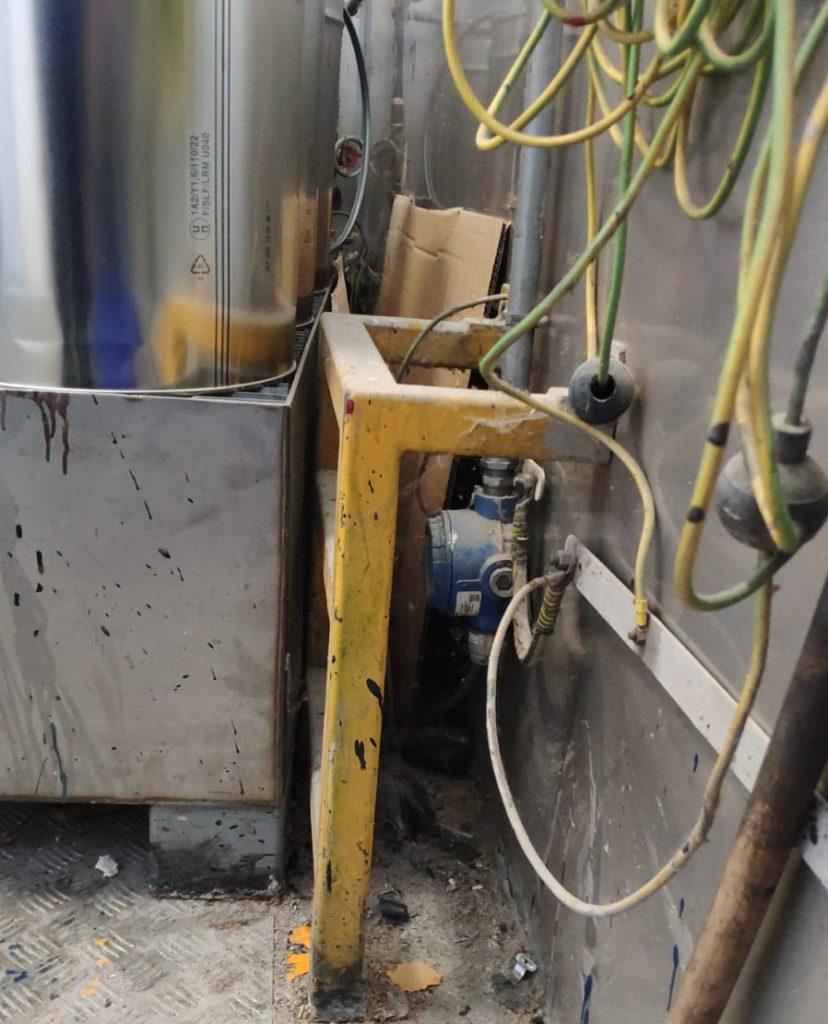

Towards safer and more sustainable production
Continuous CO₂ measurement not only improves worker safety, but also enables more efficient management of production processes, with a positive impact on environmental sustainability. Monitoring means prevention, and prevention means protecting people, plants and investments.
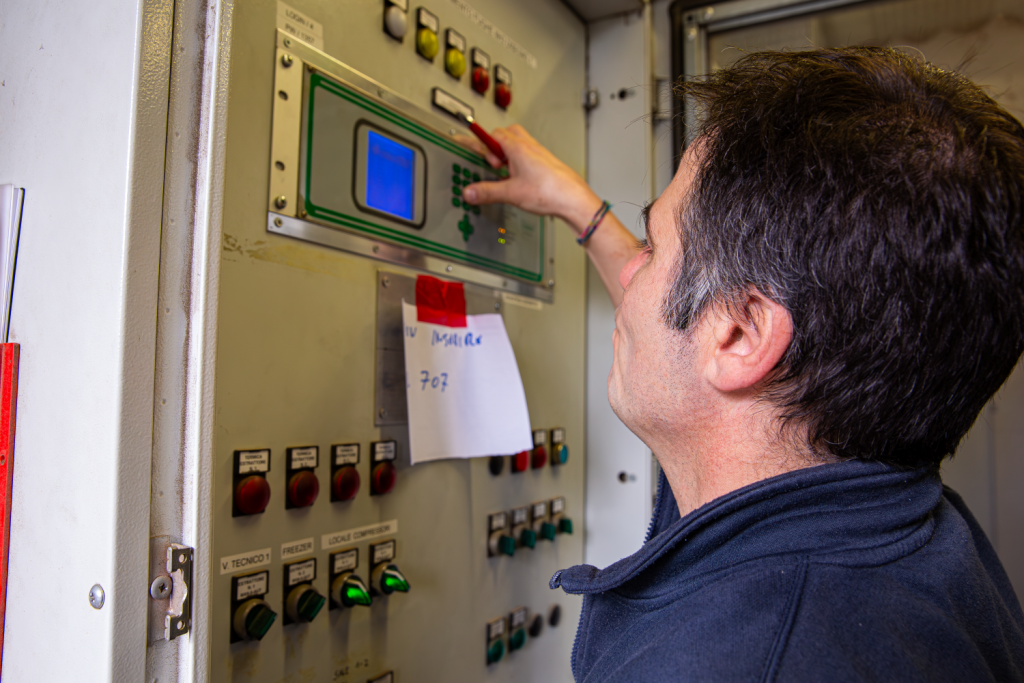
Discover our produtcs
Sensitron gas detectors are suitable for use in any application:
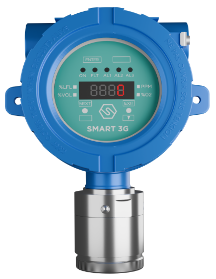
SMART 3G D2
Suitable for detecting flammable substances, toxic gases, refrigerants and oxygen in classified areas.ATEX, IECEx and SIL2/3 certified.
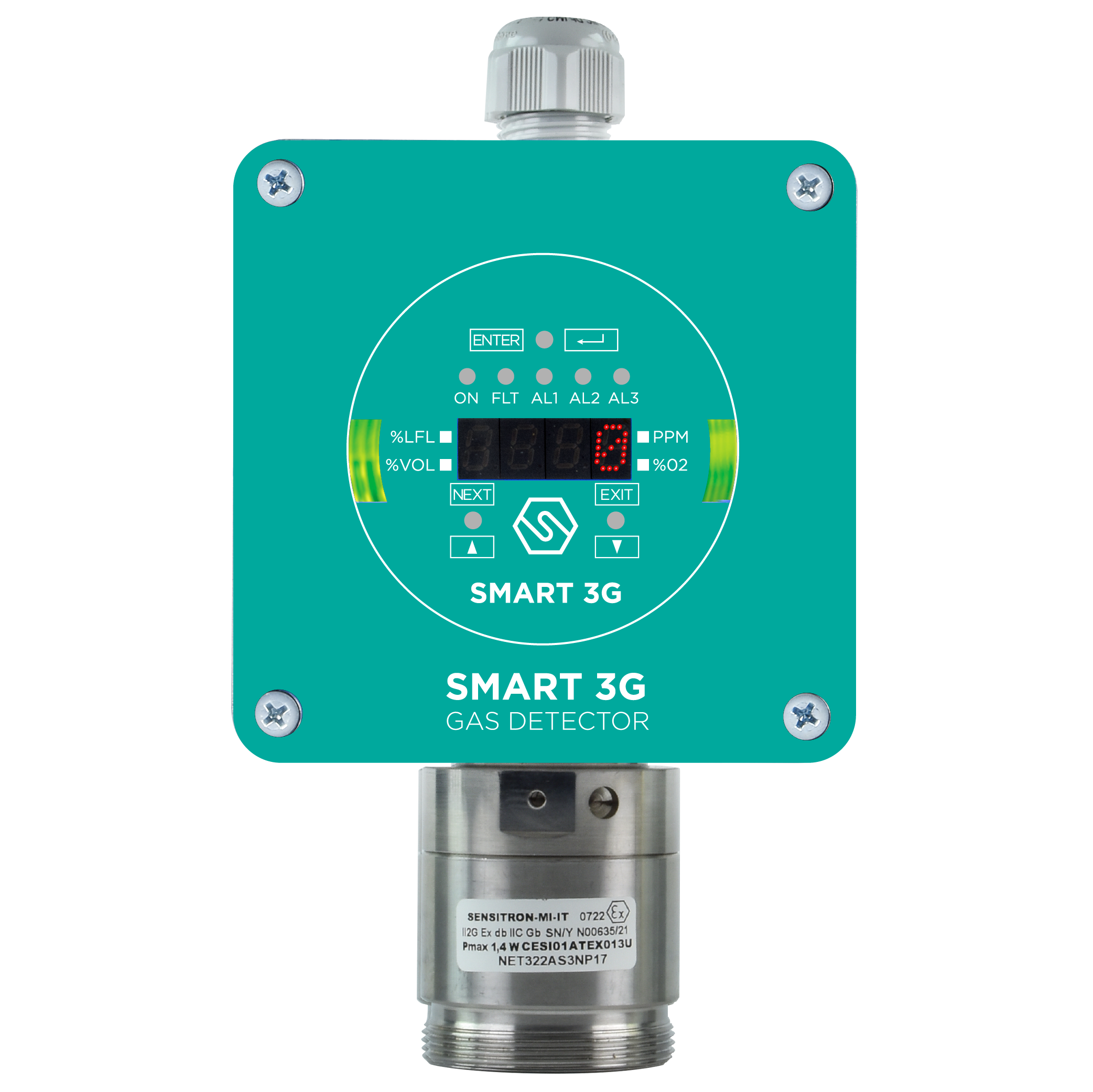
SMART 3G D3
Suitable for gas detection in classified areas, ATEX, IECEx and SIL2/3 certified, allows for non-intrusive field calibration.
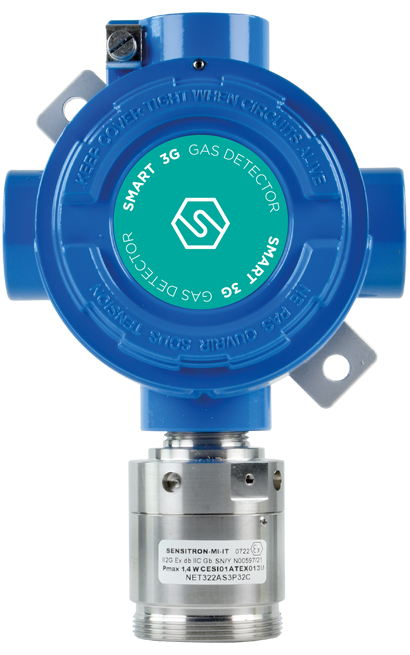
SMART 3G C2
Suitable for detecting, in classified areas, the presence of flammable substances (% LFL), toxic gases in ppm, refrigerant gases or for the detection of oxygen deficiency or excess.


